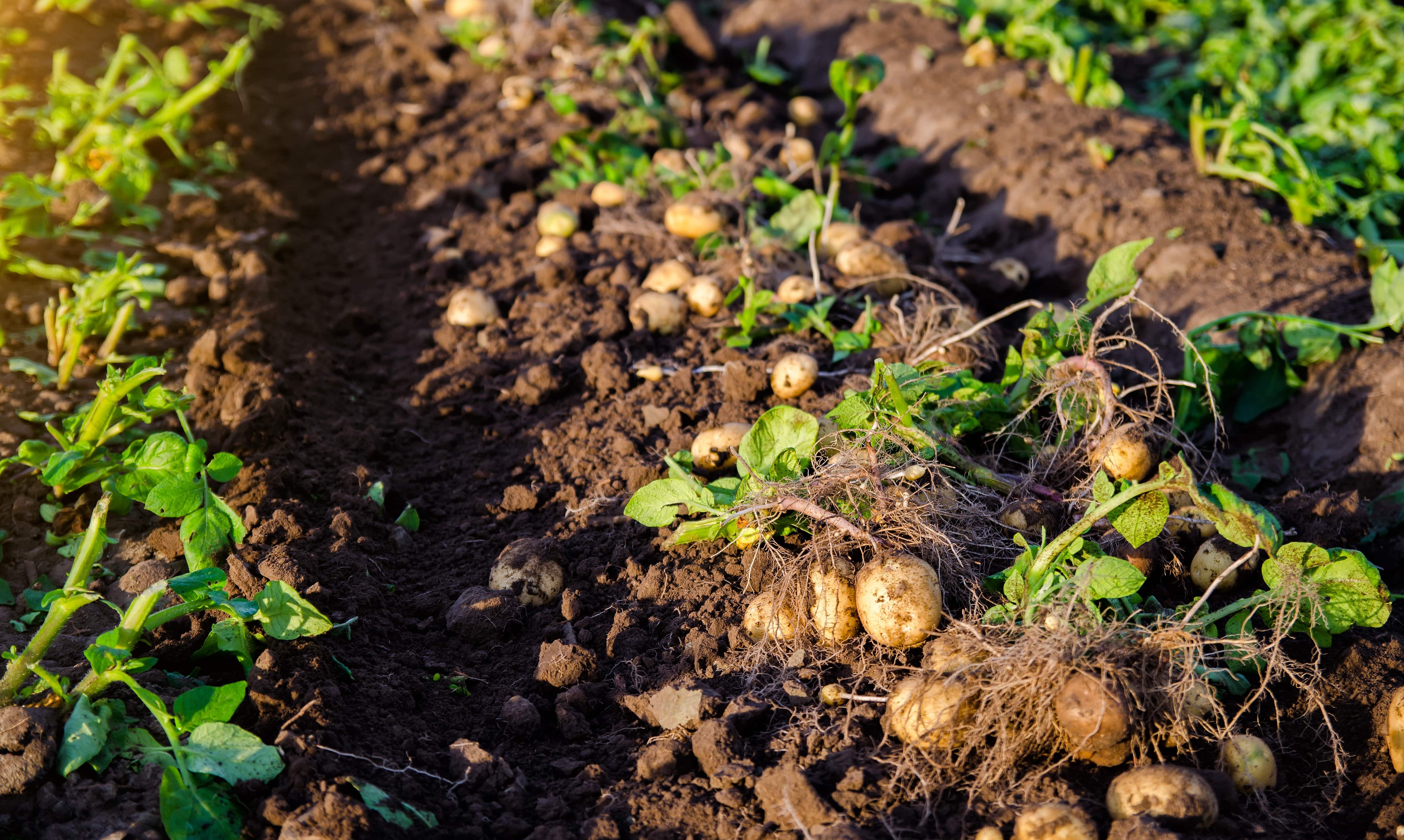The persistent wet weather experienced this season is now coupled with warmer temperatures, significantly elevating the risk of blight outbreaks and the appearance of resistant strains. If you’re feeling the pressure, we have the answers.
The persistent wet weather experienced this season is now coupled with warmer temperatures, significantly elevating the risk of blight outbreaks and the appearance of resistant strains. If you’re feeling the pressure, we have the answers.
Strategies for This Season
The persistent threat of late blight remains a critical concern for crop health, with a growing emphasis on protecting against tuber infection. It’s crucial that blight management efforts evolve to address both foliar and tuber blight effectively.
The Challenge of Late Blight
Foliar blight can rapidly escalate, with even small outbreaks potentially leading to severe tuber blight. It’s essential to prevent this disease from taking hold until the haulm is completely dead. However, the slower-acting desiccants available today mean that complete haulm desiccation can take longer, providing an opportunity for blight to spread.
Enhanced Efficacy with Multisite Partners
With the future threat from the loss of mancozeb in the management of blight control, it’s now more important than ever to consider and integrate a product such as PROXANIL into your blight control strategies for this season.
Why Choose PROXANIL?
PROXANIL stands out as an ideal choice for these critical final sprays. It is one of the few products capable of translocating across leaves and into new growth. Known for its potent anti-sporulant and eradicant properties, PROXANIL works to eliminate blight within the first 48 hours after application. If late blight is detected in your crop, PROXANIL is a reliable solution.
Multi-Mode Action for Resistance Management
PROXANIL’s dual-active ingredient formulation—propamocarb and cymoxanil—provides two different modes of action, effectively slowing the development of resistant genotypes. Propamocarb, a unique member of the carbamate group (Group 28), and cymoxanil, the only cyano-acetamide (Group 27), work together, with no reported resistance issues.
The Benefits of Cymoxanil and Propamocarb
Cymoxanil offers a very low risk of developing resistance and has kickback activity. Propamocarb, the only active in the carbamate resistance group, has good plant movement and strong anti-sporulant activity. By combining these two actives, PROXANIL provides robust resistance management at a critical time.
Optimising Final Sprays
Given these conditions, it’s imperative that growers focus on their final three sprays and choose the most effective products for the situation. Tank mixing with a protectant fungicide like cyazofamid strengthens the activity of PROXANIL, delivering excellent resistance management when growers need it most.
Making Informed Decisions
When planning your final three sprays, always consider the product’s inherent activity and any restrictions due to resistance management guidelines. Selecting the right products is essential to maintaining crop health and ensuring successful blight management.
Stay proactive and well-informed to safeguard your crops against the evolving threat of late blight. Don’t forget you can also get real-time data on the risk of blight in your area using our Blight App.
By integrating these strategies and utilising effective products like PROXANIL, growers can better protect their crops and ensure a successful harvest despite the challenges posed by late blight.
Find out more about PROXANIL here.
